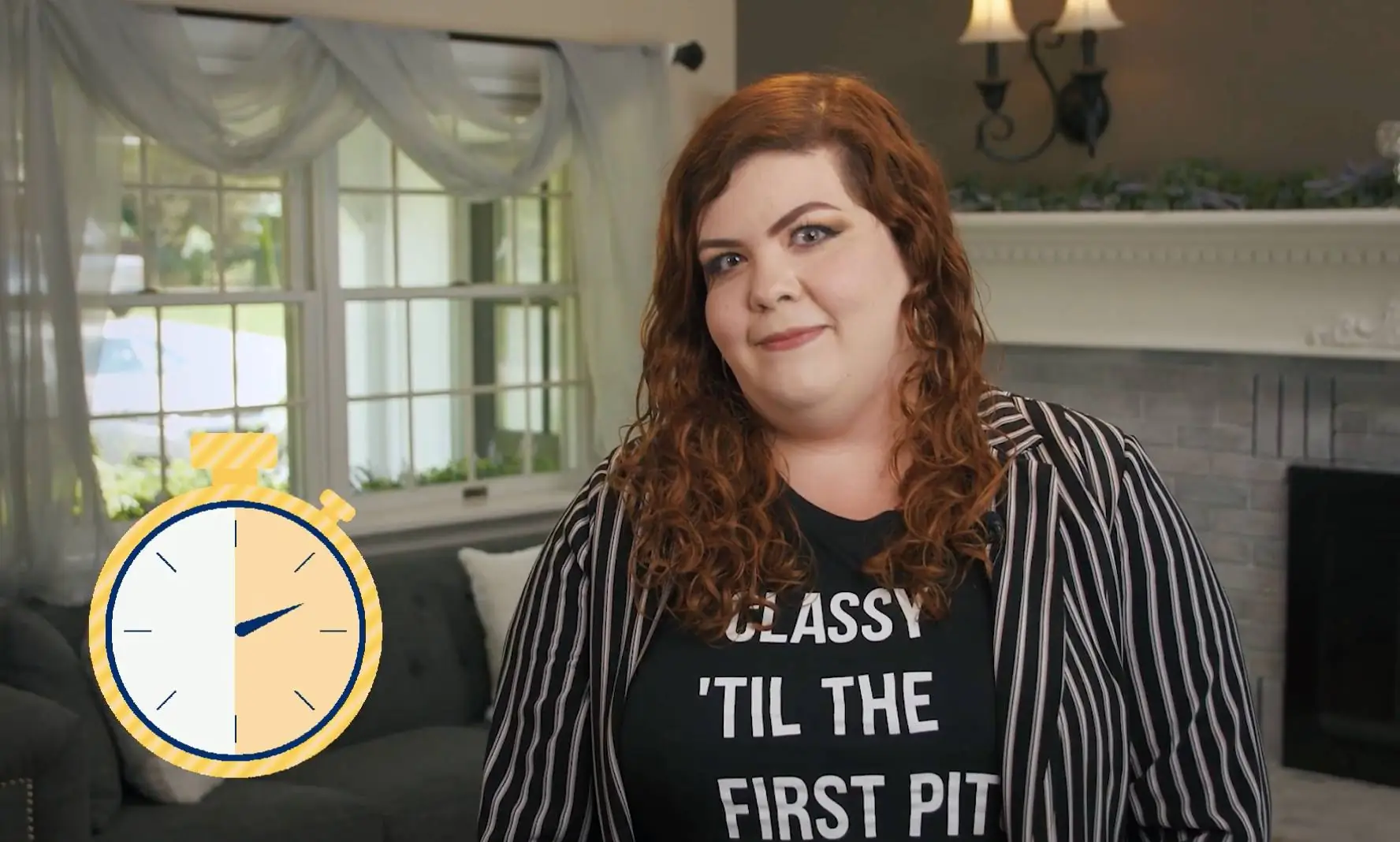Chris Sims is a partner at The Alchemy Fund, which invests in early-stage startups in New England. He’s been on both sides of the startup coin, as a founder and as an investor. He’s also an MFN advisor, and we’re happy that he’s generous enough to share his experience and tips with our community–including this advice about crafting a pitch.
Video shot and edited by MFN Communications Associate Natalia Giacomozzi.
VIDEO TRANSCRIPT
So I think the thing with pitches that people tend not to appreciate is how much the order of your point matters. You can look on the internet and get your checklist of slides: you have to have your problem slide, your solution slide, and so on. You can be clever in terms of how you combine and mash those into a beautiful graphic design, but the first test of a pitch is whether the audience understands what you’re trying to do.
The test of that is whether the questions you get at the end of the pitch, or even partway through, are relevant to what you’re actually talking about. For instance, if you’re trying to pitch a dog food company, are they asking you about dog food? This seems like a really simple thing, but it’s surprisingly common for companies to propose a service in one market and get questions about a product in another market. It indicates they didn’t understand what you’re proposing to do or build or solve.
Another test is whether the questions asked are about things you think you already mentioned. I see a lot of post-mortems with founders who say, “Well, I pitched this investor, and they asked me all these questions that seem irrelevant. I already told them that; they should know that.” But that’s your sign that your pitch was unclear.
You might assume you have the full length of your pitch to communicate all your points and the audience will passively understand everything you said. However, when you’re talking to human beings, a page or two into your pitch can activate their preconceptions. This is just how our brains work. By presenting any information, you activate these preconceptions, which are formed from lived experiences. This isn’t a flaw; it’s an expected outcome when talking to seasoned businesspeople. If you mention a two-sided marketplace, the immediate response will likely be about the challenges of such a model. If you don’t address this directly, they might spend the rest of the pitch preoccupied with those concerns.
Remember, your pitch is as much about the audience as it is about you. It isn’t a novel that someone reads to understand the entire plot. It’s a series of points, each one being processed in real-time. Most investors have limited attention spans due to the sheer volume of pitches they receive. They decide early on if they want to engage with the rest of the presentation. Your initial slides must earn their continued attention.
If you can engage the audience in a way that their reactions and questions reflect a deep understanding of your points, you’re in a top-tier situation in terms of pitch quality. From that point on, they might invest or not, but you’ve done your job effectively.
In conclusion, aim for understanding over agreement when assessing the effectiveness of your pitch. Against this benchmark, most pitches I’ve observed fall short. Achieving this level of clarity requires substantial effort.



